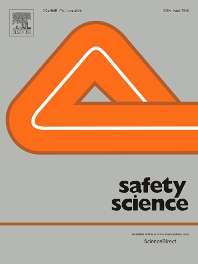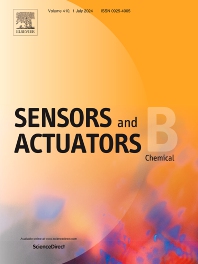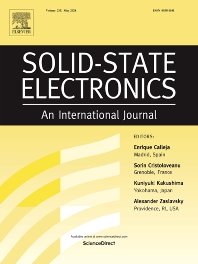Journals in Engineering and technology
Journals in Engineering and technology
The Engineering and Technology portfolio includes comprehensive overviews of all major research and practical developments in aerospace and automotive engineering, civil and environmental engineering, mechanical and industrial engineering, materials engineering, electrical engineering, communications engineering, and more. In-depth coverage, innovative state-of-the-art approaches, and real-world case studies provide valuable, actionable insights for researchers, applied engineers and students. The content in Elsevier's Engineering and Technology books program addresses core issues in industry and society, such as sustainability, the circular economy, AI, and automation.
- ISSN: 0951-8320
Reliability Engineering & System Safety

- ISSN: 0921-8890
Robotics and Autonomous Systems

- ISSN: 0736-5845
Robotics and Computer-Integrated Manufacturing

- ISSN: 0925-7535
Safety Science

- ISSN: 1359-6462
Scripta Materialia

- ISSN: 0924-4247
Sensors and Actuators A: Physical

- ISSN: 0925-4005
Sensors and Actuators B: Chemical

- ISSN: 0267-7261
Soil Dynamics and Earthquake Engineering

- ISSN: 0927-0248
Solar Energy Materials and Solar Cells

- ISSN: 0038-1101
Solid-State Electronics
